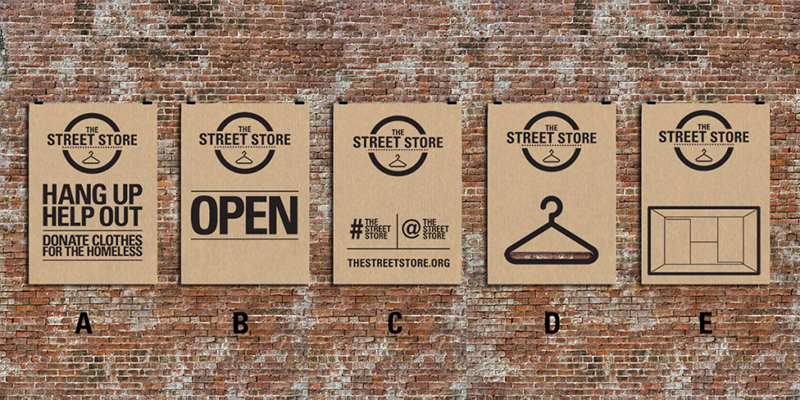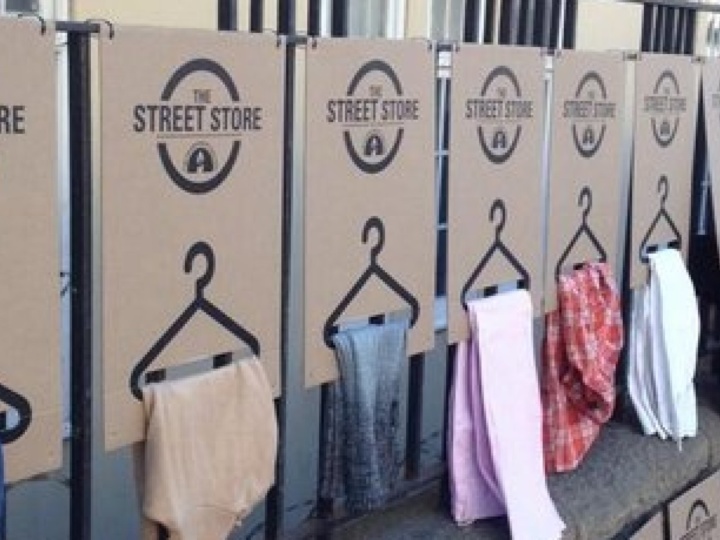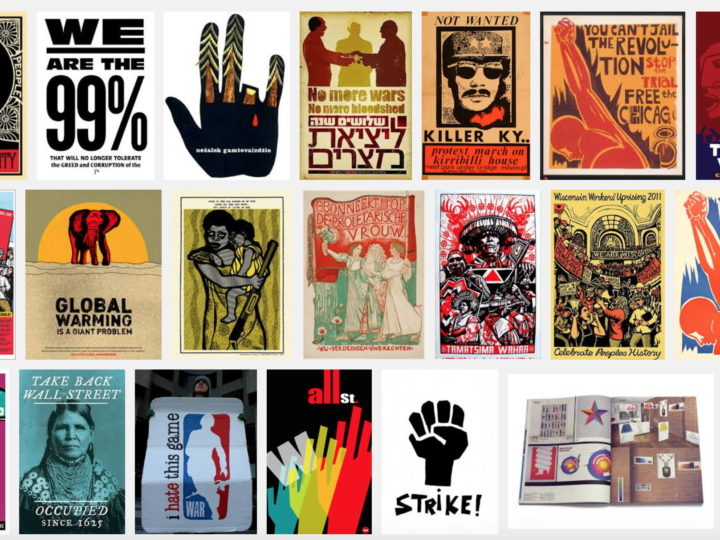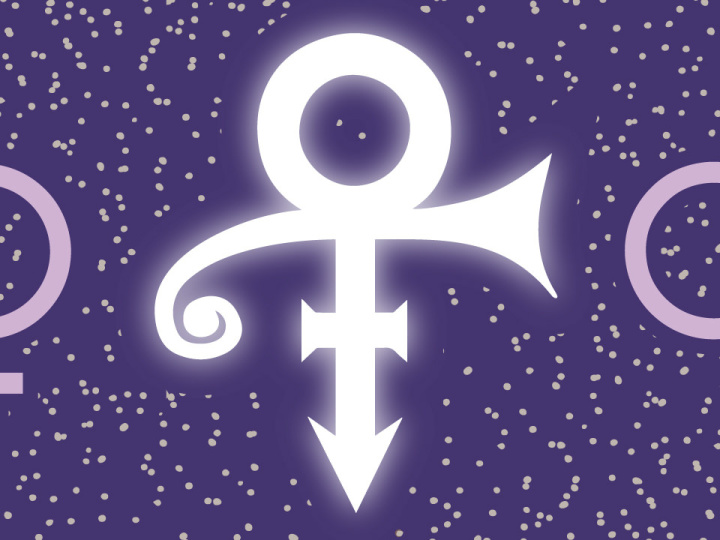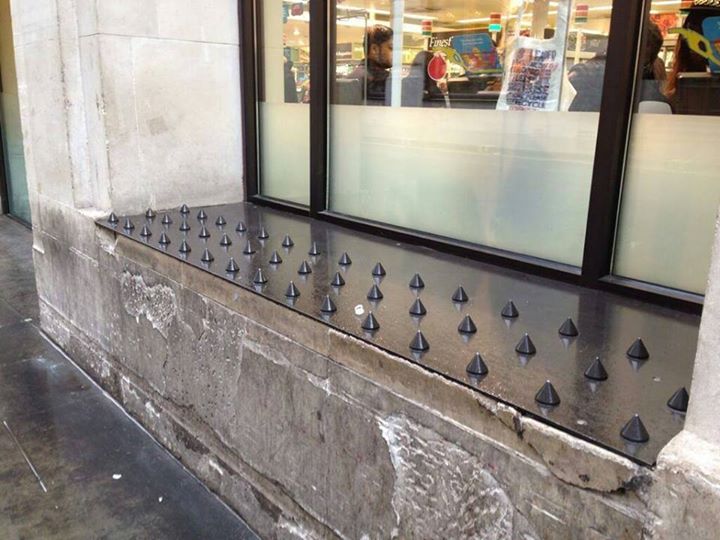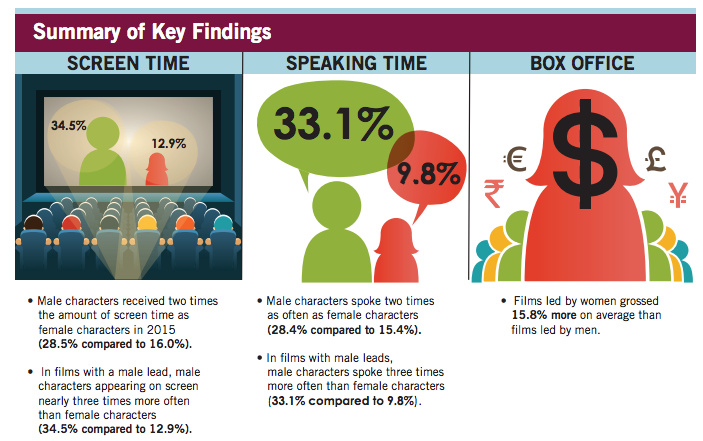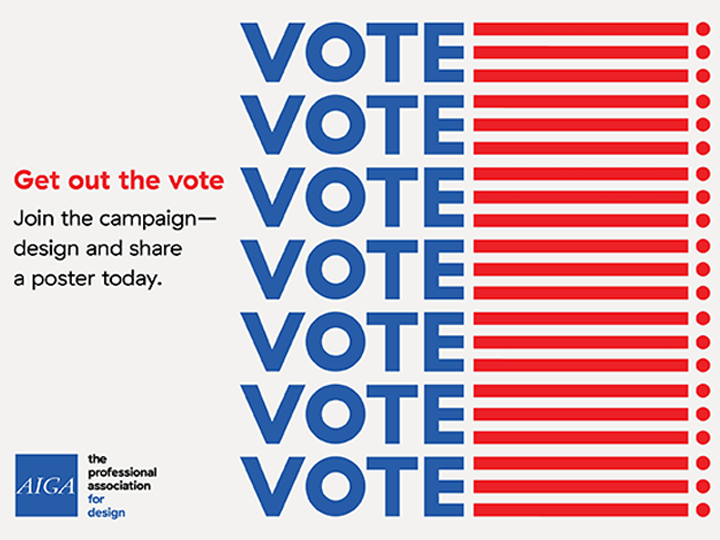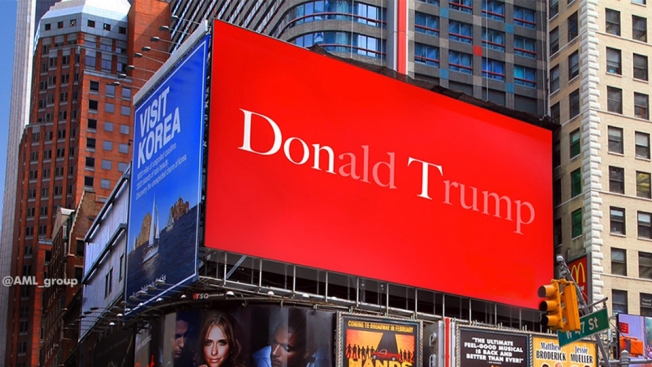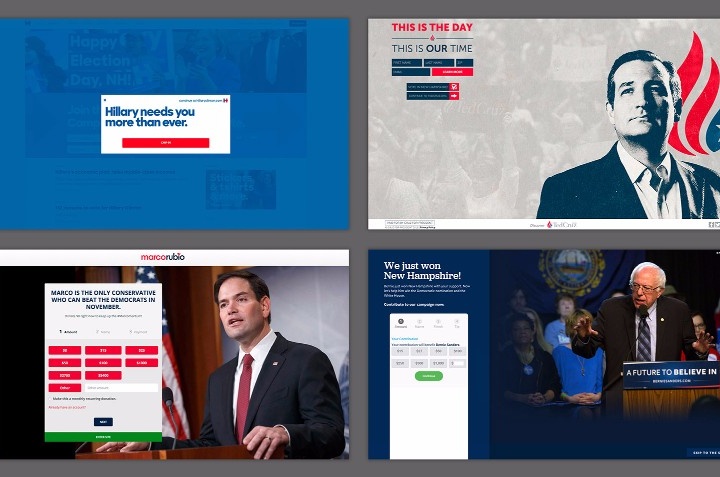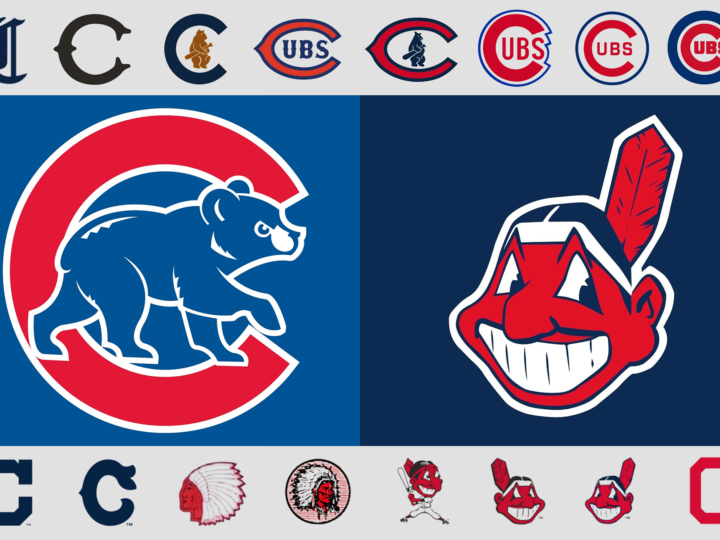Getting out the vote is a priority in any election, but this year’s Presidential election looks to be the most important in a generation. The Supreme Court, Health Care, Education, Financial Reform, Racial Issues, Immigration and the continued existence of our planet all hang in the balance. So what can we do as visual designers to motivate people to vote? AIGA’s Get Out the Vote 2016 campaign is one way.
Starting on February 15, Presidents Day, AIGA is relaunching Get Out the Vote for 2016. This civic engagement initiative wields the power of design to motivate the American public to register and turn out to vote in the 2016 general election, as well as local elections to come.
This year, in partnership for the first time with the League of Women Voters, AIGA will Get Out the Vote by:
- Presenting an online gallery of original, nonpartisan posters for printing and public distribution (below)
- Organizing exhibitions in conjunction with the Republican National Convention (Cleveland, July 2016), Democratic National Convention (Philadelphia, July 2016), and AIGA Design Conference (Las Vegas, October 2016)
- Programming local events throughout the year organized by AIGA chapters and student groupsacross the country in partnership with League of Women Voters affiliates and other local partners
Get involved
Design a poster
All AIGA members are invited to contribute posters to the 2016 collection through the online entry form. Submissions will be accepted through the general election, November 8. Download the .zip file containing the InDesign template for your poster. Designs will be reviewed by AIGA to ensure they communicate a voter-mobilizing call to action through nonpartisan visuals and copy.
Share a poster
AIGA Get Out the Vote posters are available for download, printing, and distribution by anyone interested in supporting our mission. Designs are scaled at 11 x 17 inches to suit personal color printers (as well as commercial printing presses). Explore the the gallery below and help us Get Out the Vote in your community!
If sharing on social, use the hashtag #AIGAvote.
Background
AIGA has activated its community of designers across the U.S. and beyond to Get Out the Vote every four years since 2004. To see work featured in past campaigns, visit Get Out the Vote 2008 and Get Out the Vote 2012. The campaign is part of Design for Democracy, an AIGA initiative to increase civic participation through design.
Program partner
 A respected leader in the voter engagement field for over 95 years, the League of Women Voters is active in all 50 states and nearly 800 communities. League volunteers conduct nonpartisan voter registration, education, and mobilization year-round with the goal of engaging millions of voters in local, state, and federal elections, and ensuring that they have fair and equal access to the vote. Visit the League’s award-winning election information website, VOTE411.org, to find out about upcoming elections in your community.
A respected leader in the voter engagement field for over 95 years, the League of Women Voters is active in all 50 states and nearly 800 communities. League volunteers conduct nonpartisan voter registration, education, and mobilization year-round with the goal of engaging millions of voters in local, state, and federal elections, and ensuring that they have fair and equal access to the vote. Visit the League’s award-winning election information website, VOTE411.org, to find out about upcoming elections in your community.
